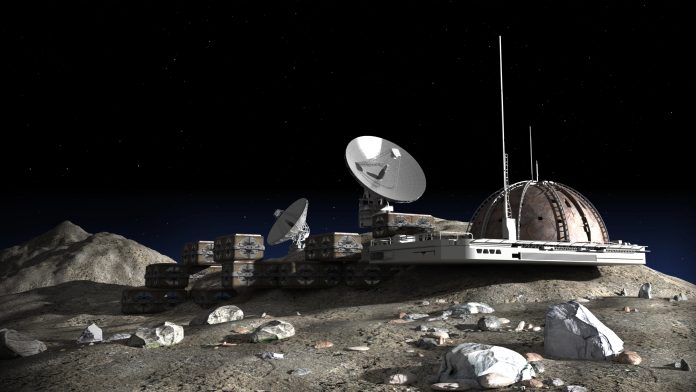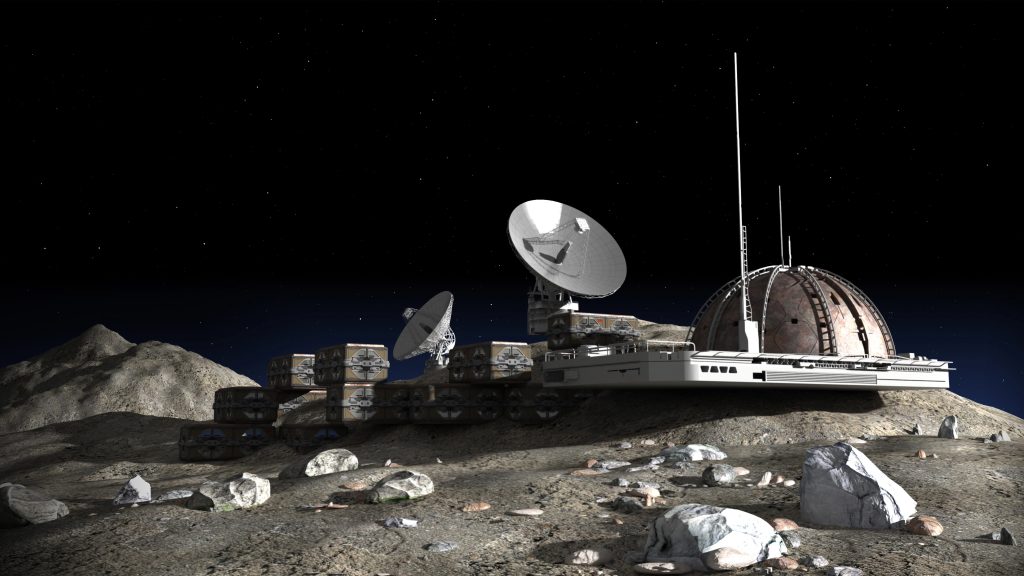
One wrong move in the coming years may determine which nation controls the Moon’s most precious resources for decades to come. “The first country to do so will quite possibly be in a position to establish a keep-out zone which would strongly discourage the United States from being in a position to have a scheduled Artemis presence if not there first,” warned acting Administrator of NASA Sean Duffy, transmitting the sense of urgency now at the very center of U.S. space policy. The directive, issued when tensions between nations are at their peak, instructs the United States to accelerate the deployment of nuclear reactors on the surface of the Moon something that would redefine human presence on the Moon in the coming decades.
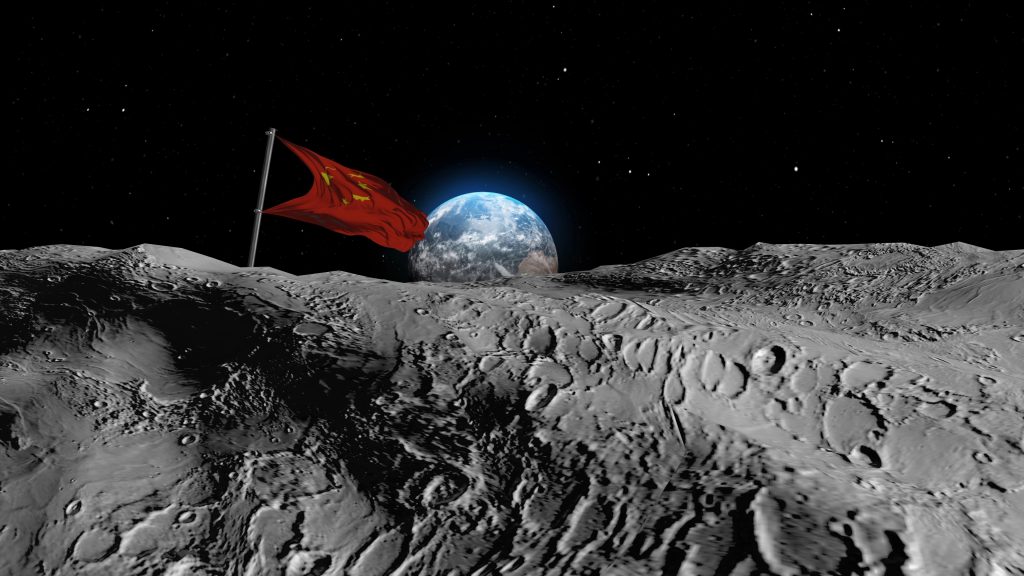
1. Geopolitical Stakes: The Race to Control Lunar Space
The new push for nuclear energy on the Moon is driven by more than an appetite for scientific exploration. Since March 2024, China and Russia have announced joint plans to place a reactor on the Moon by the mid-2030s, aiming to power their International Lunar Research Station (ILRS) at the south pole. “We’re in a race to the moon, in a race with China to the moon,” Duffy declared, emphasizing that energy infrastructure is the linchpin for any permanent base. The U.S. is also worried that competitors may use forward deployment to establish “keep-out zones” and curtail access to precious zones of water ice and perpetual sunlight resources for long-term living and resource extraction. The U.S.-aligned Artemis Accords are guidelines for peaceful use of the Moon, but China has abstained with sharp discretion, raising questions about future jurisdictional disputes over Moon sovereignty and safety zones.

2. Technical Imperatives: Surviving the Lunar Night
Compared to Earth, the Moon has 14-day long nights of darkness for each lunar night, with surface temperatures going from 375 K at noon to 100 K at night. Solar panels, as great as they are for the 14-day day, are near zero in craters that stay in shadow or for the extended night. “Creating even a modest lunar base to support a few people would demand megawatt-scale power.” Solar panels and batteries alone are not able to deliver those requirements at all times, stated Dr. Sungwoo Lim, a senior lecturer at the University of Surrey.
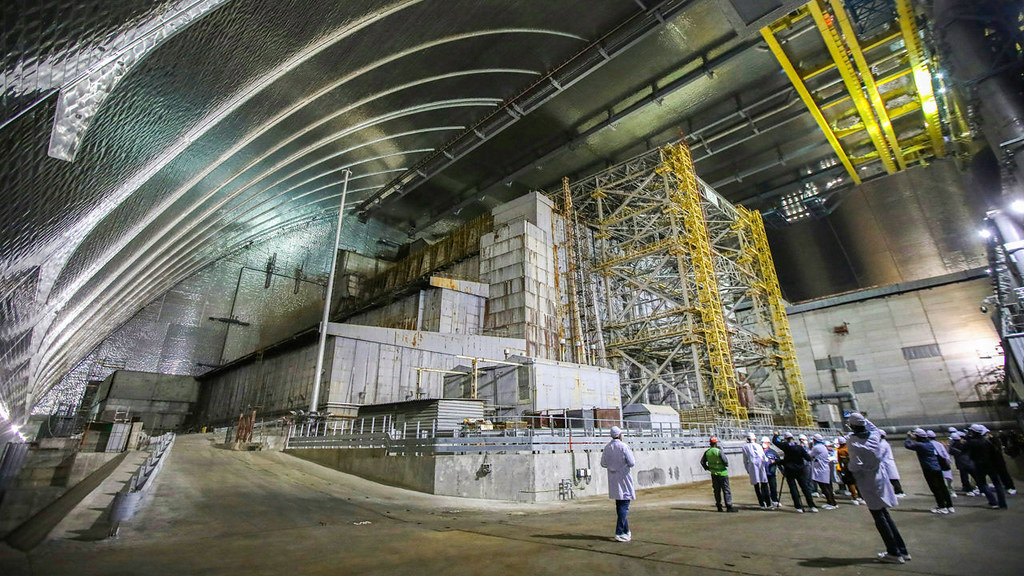
Fission nuclear reactors, however, can provide reliable, high-output power irrespective of sun exposure, enabling life support, scientific examination, and resource processing to operate continuously through the harshest conditions.
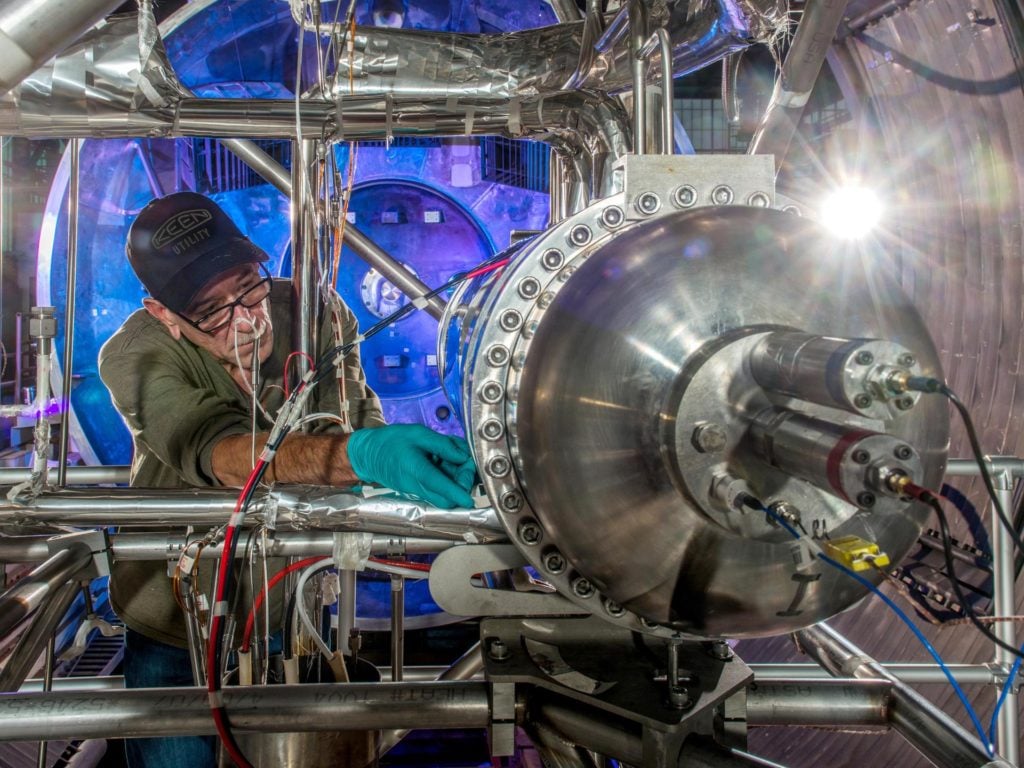
3. Engineering Challenges: Building Fission Surface Power Systems
NASA’s Fission Surface Power (FSP) program, directed by Glenn Research Center in partnership with the Department of Energy (DOE), is at the forefront. The technological hurdles are substantial: reactors must be housed within a 4-meter-diameter-by-6-meter-long cylinder, weigh less than 6,000 kg, and generate at least 40 kilowatts of electrical power autonomously for ten years without support. There are four major subsystems in the system reactor, power conversion, heat rejection, and power conditioning and distribution (PCAD) all qualified to endure launch vibrations, lunar dust, and extreme temperature changes. The initial demonstration will probably last for a year, with the goal of supporting robust operation for ten or more years on the moon.
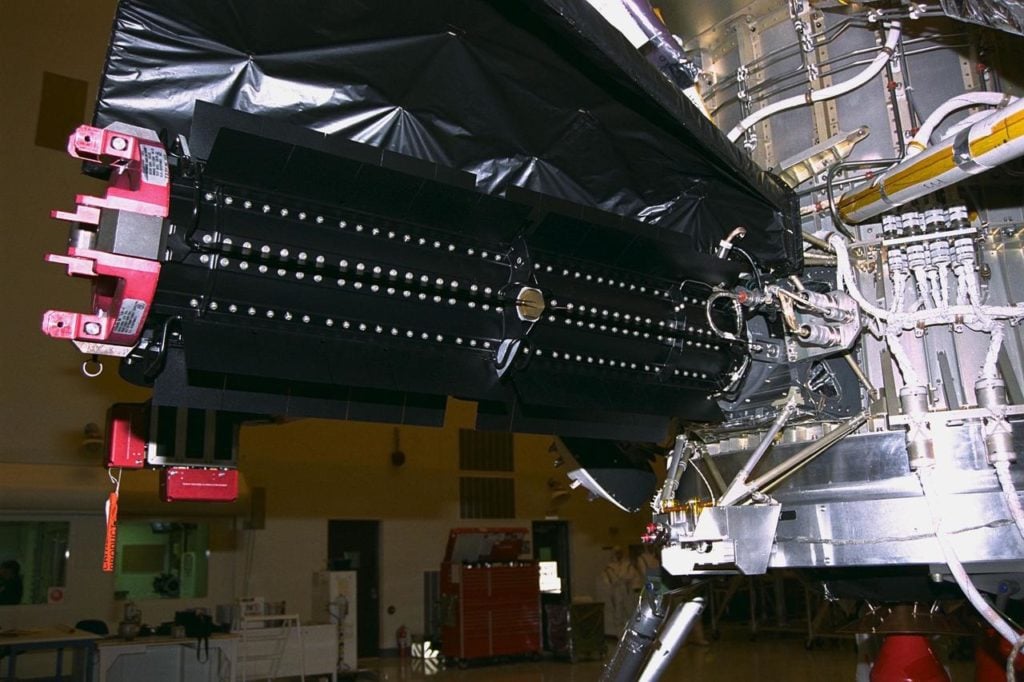
4. From RTGs to Small Modular Reactors: NASA’s Nuclear Heritage
NASA has over five decades of history with nuclear power in space, having employed it on missions dating back to the 1960s. NASA has primarily utilized radioisotope thermoelectric generators (RTGs) for missions such as Apollo, Voyager, Galileo, and Curiosity. RTGs exploit the heat generated by plutonium-238 decay to generate electricity and offer reliability for deep space probes but with limited output typically less than 100 kW. Fission reactors are required for the lunar bases. The only U.S. fission reactor that has been flown in space, SNAP-10A, operated for 43 days in 1965. Recently, the Kilopower project constructed and operated a small, Stirling engine-driven heatpipe-cooled uranium reactor to produce electricity, paving the way for FSP systems currently in development and testing.

5. Industry Partnerships and Technology Demonstration
In 2022, NASA and DOE awarded $5 million contracts to Lockheed Martin, Westinghouse, and IX (a joint venture of Intuitive Machines and X-Energy) to develop early 40-kW-class reactor designs. All of the proposals needed to address power conversion, heat rejection, and autonomous operation. “There was a healthy diversity of approaches; they were all very distinct from one another,” project manager Lindsay Kaldon of NASA Glenn said. The next step, in 2025, will establish requirements and select a firm design for a complete lunar demonstration, to be deployed in the early 2030s as a stepping stone to missions to Mars.

6. International Law: The Bounds of Lunar Sovereignty
nternational law governing activity on the Moon is based on the 1967 Outer Space Treaty, which bans national claims to celestial bodies and mandates peaceful use. But the treaty language is broad, and the concept of “safety zones” around installations introduced for the first time by the Artemis Accords is contentious. “If you put up a nuclear reactor or any type of base on the moon, then you can start saying that you’re able to assert you have a safety zone around it because you have infrastructure there,” said Open University’s Dr. Simeon Barber. This ambiguity could allow early players to assert de facto control over valuable sites, creating problems of international cooperation and endangering the possibility of lunar territorial conflicts in the absence of effective enforcement mechanisms.
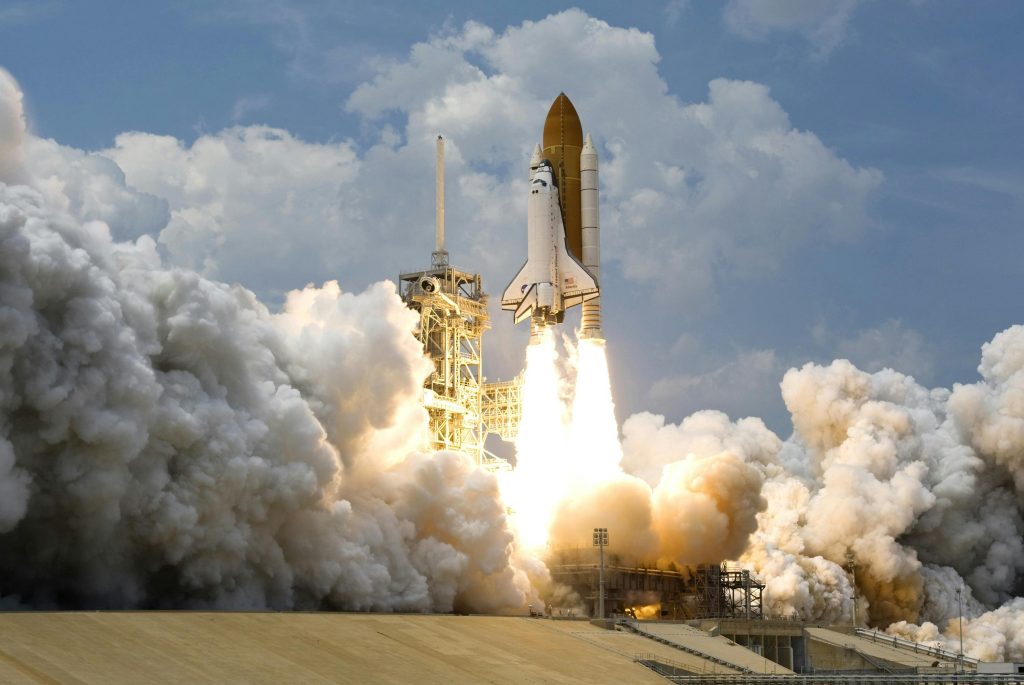
7. Safety, Financing, and the Future
Space launching and nuclear reactor operation raise significant safety and regulatory concerns. Launch is under special licensure, and reactor designs must minimize radiation hazard during transit and operation. Meanwhile, recent budget cuts up to 24% for NASA’s science programs in 2026 threaten to slow progress, even as the agency is being forced to accelerate deadlines for both lunar reactors and commercial space station replacements. “It seems that we’re going back into the old first space race days of competition, which, from a scientific perspective, is a little bit disappointing and concerning,” said Dr. Barber, reflecting anxieties about the balance between national interest and international collaboration.

The outcome of this technological and geopolitical contest will not only shape the Artemis program’s future but also set precedents for how humanity shares and competes for resources beyond Earth.
